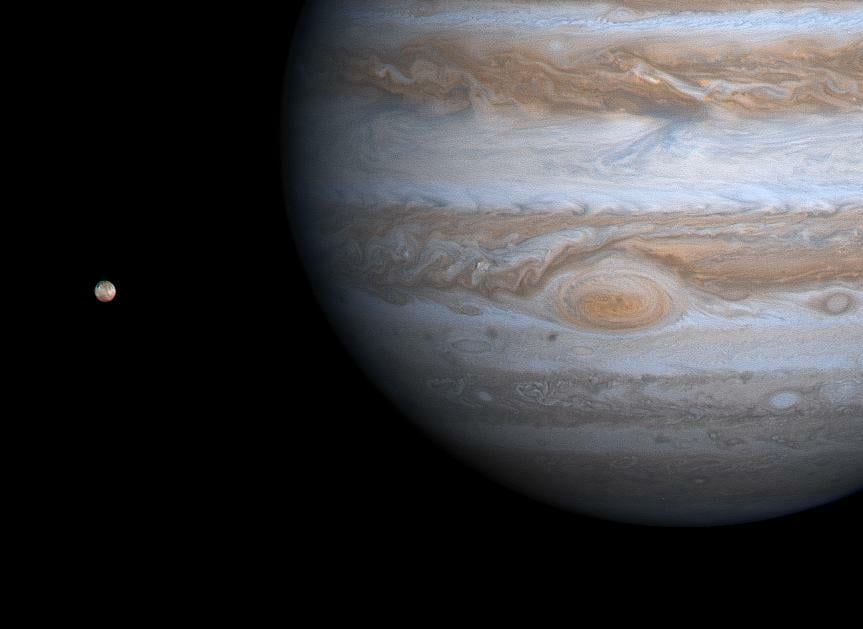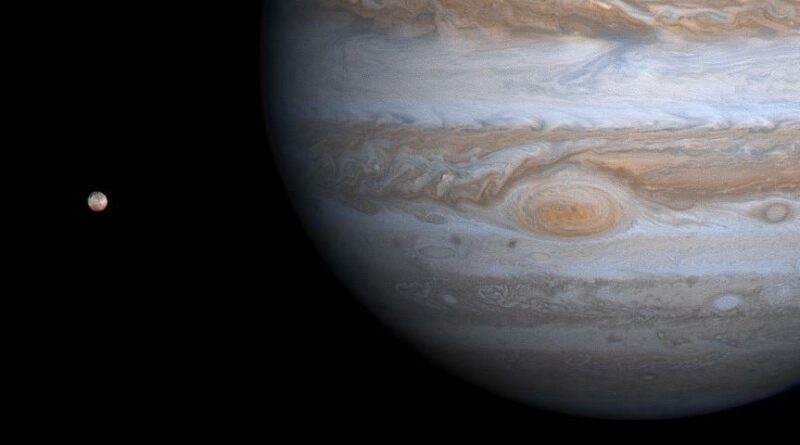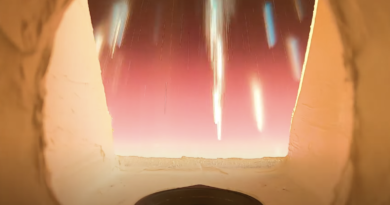Object smacks Jupiter and explodes, space footage shows

Jupiter is a cosmic vacuum cleaner.
Owing to its girth — the gas giant wields the mass of 318 Earths — Jupiter can pull many objects into its orbit (though it can fling some toward Earth’s neighborhood, too). Astronomers have spotted asteroids or comets large and small impact Jupiter’s swirling atmosphere in recent years, including an object a few dozen meters wide blowing up in the gas giant’s clouds just this August.
Now, it’s happened again.
On Nov. 15, a Japanese amateur astronomer spotted a short-lived flash on Jupiter — a telltale sign of an impact.
“There was another impact on Jupiter last night!,” the planetary astronomer Heidi B. Hammel posted on X, the social media site formerly called Twitter, on Nov. 16. “The bright flash is a bolide — a shooting star in the atmosphere of Jupiter. Too small to leave an impact site like we saw in 1994 and 2009.”
Hammel references impacts from much larger objects, like from Comet Shoemaker-Levy 9 in 1994. It left dark splotches on the Jovian surface, including one the diameter of Earth. This space rock veered too close to Jupiter and was torn apart by the intense Jovian gravity, creating fragments up to a half-mile wide.
The much smaller, recent impact can be seen below. The object — either pieces of a comet or perhaps an asteroid — pummeled into molecules in Jupiter’s atmosphere, rapidly causing friction and heating up. Then, it explodes.
“It’s pretty much a fireball.”
“It’s pretty much a fireball,” Peter Vereš, an astronomer at the Center for Astrophysics-Harvard & Smithsonian, a collaborative research group between the Smithsonian Astrophysical Observatory and the Harvard College Observatory, told Mashable in August when describing a similar Jovian impact event.
Collisions are a normal part of our solar system, and space generally. Why, billions of years ago, objects colliding and clumping together formed planets.
Want more science and tech news delivered straight to your inbox? Sign up for Mashable’s Light Speed newsletter today.
Objects hit Earth, too, though on a lesser scale. Every single day about 100 tons of dust and sand-sized particles fall through Earth’s atmosphere and promptly burn up. Every year, on average, an “automobile-sized asteroid” plummets through our sky and explodes, explains NASA. Impacts by objects around 460 feet in diameter occur every 10,000 to 20,000 years, and a “dinosaur-killing” impact from a rock perhaps a half-mile across or larger happens on 100-million-year timescales.
But in the future, when a colossal rock returns, scientists hope to deflect it.

